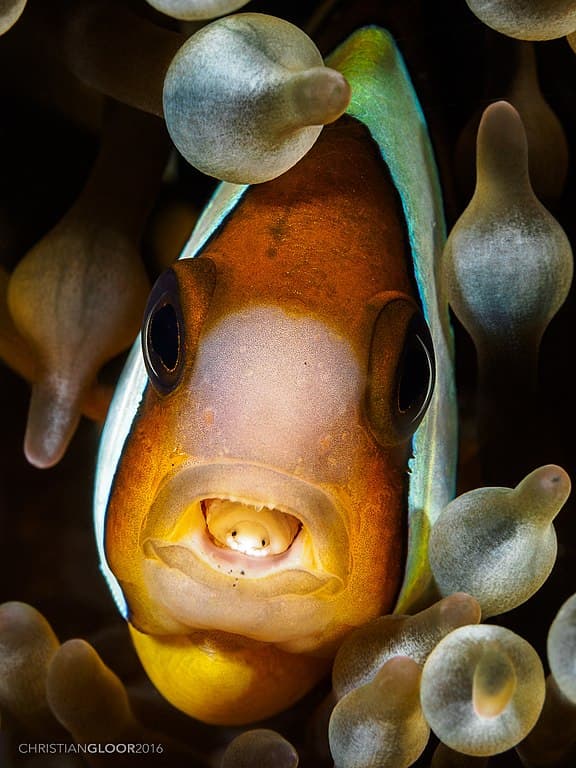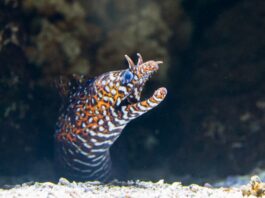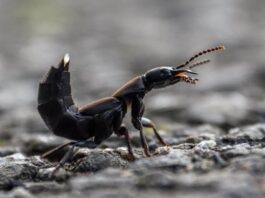Tongue-eating louse is many fish species’ nightmare, and its name says it all. This particular type of louse is a parasitic isopod that severe the blood vessels in the fish’s tongue, causing it to fall off. It has been around for quite some time now, so it is about time we discuss this freaky crustacean today. Let’s take a look and find out about this terrifyingly fascinating creature with us below.
1Appearance
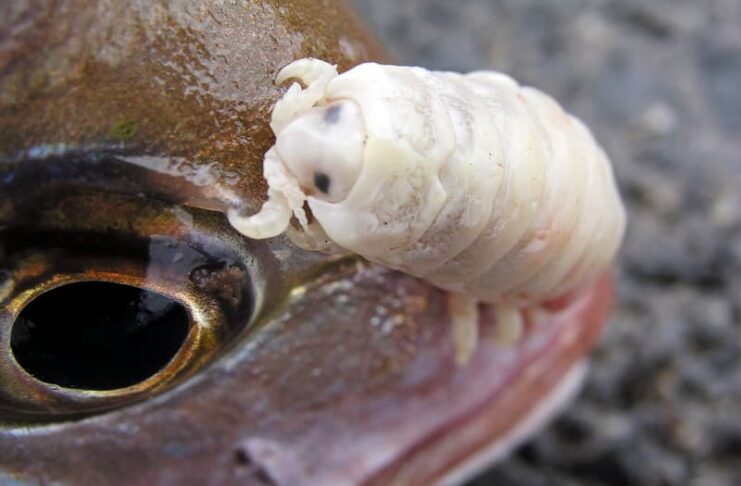
Tongue-eating louse is a fish parasite and an isopod, very much like crabs or lobsters. This also means its body has segments of the exoskeleton, with a light yellowish color. Female lice can grow to about an inch in length while males are only half of that length. These lice have around 12 legs along with super sharp and strong front claws. At a quick glance, it actually looks quite similar to a woodlouse. Tongue-eating louse looks like a bug, and it somehow can adjust its size to the fish’s mouth it lives in. These marine lice are already very bizarre to look at, let alone know what they actually do for a living.
2Behavior
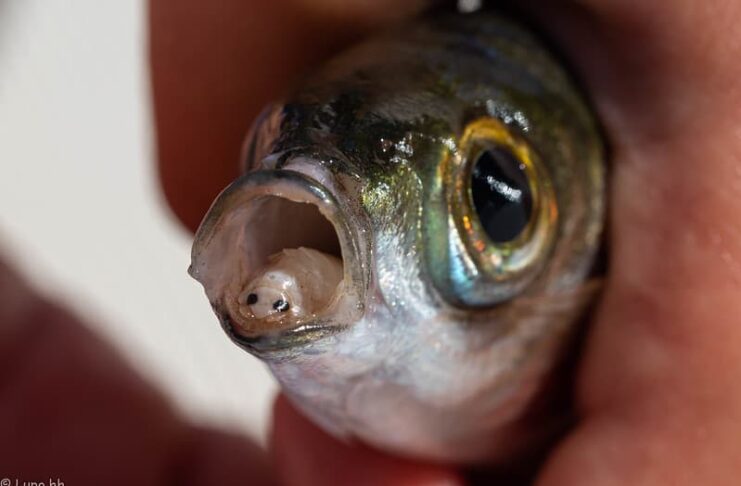
As silent feeders, these marine lice start their lives as males and then switch sexes later on in their life cycle. A tongue-eating louse parasite begins by swimming inside a fish’s gills then attaches and secures itself there. Once its maturation process is complete, it changes itself from male to female. Then she will detach herself from the gills and slowly climb to the base of the tongue which she calls home. The louse uses her strong claws and hind legs to secure herself to the fish’s mouth and settles there permanently. After that, she will pierce the fish’s tongue with her powerful bite to make an incision. Through that incision, the louse starts to suck her fill of blood which leads to blood depletion in the fish’s tongue.
As a result of everything above, the fish’s tongue atrophies withers away, and falls off. That is when our parasitic isopod here functions as the host fish’s tongue, and the host remains alive through the whole process. Even if the louse takes up a lot of space, the fish actually can adapt to the new tongue. Usually, the tongue-eating lice target the snapper, but it also appears in a wide range of other fish species as well. This creature is the only known organism that replaces an entire organ of its host species, the tongue. The interesting thing is that these lice can also bite humans, but they pose no threats to us.
3Feeding & Habitat
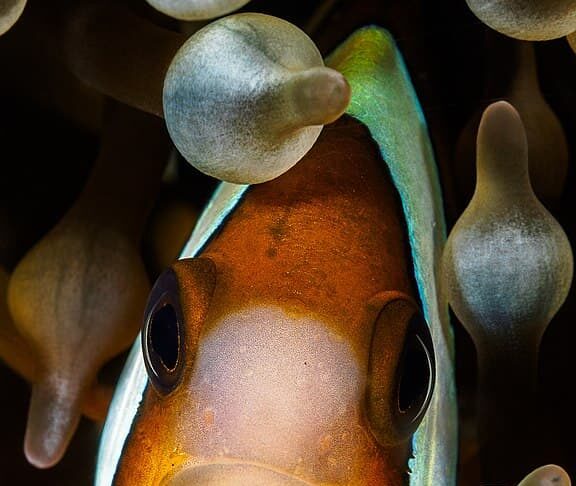
The host fish’s tongue is every tongue-eating louse’s first meal, but they eat more than that. While living in the fish’s mouth, the louse feeds off the bits of blood or mucus that are left there. Then, she will eat whatever the fish can find while living peacefully inside the fish’s mouth. This sounds like a nice cooperation where the parasite and the host go through everything together. Surprisingly, it neither harm nor kill the fish at all which is quite unbelievable because the fish loses its tongue.
Besides the fish’s mouth, of course, these lice are fairly widespread throughout the oceans. Usually, they swim to find the hosts at depths of 2 to 60 meters (6 to 196 feet). The thing is that this unusual relationship has been going on between them and the hosts for years. In fact, sometimes the parasite dies much earlier than the host fish. Because tongue-eating lice are quite common, they are commonly found in commercial fish in markets around the world. Although consumption does not affect humans, it still sounds nasty to imagine eating these parasitic isopods.
4Reproduction
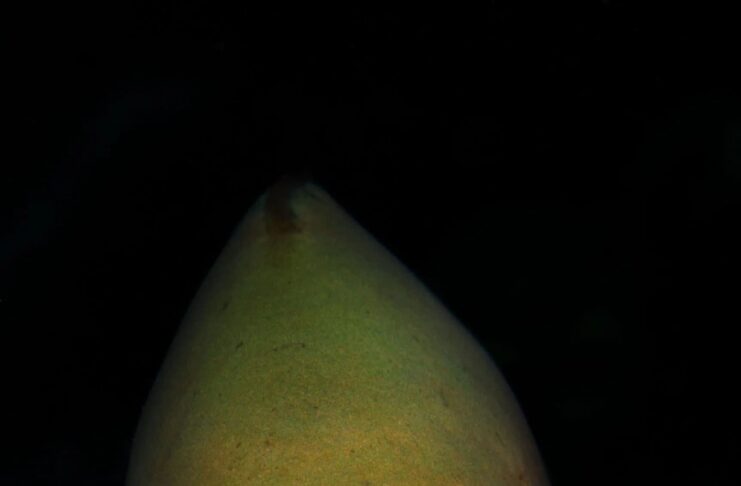
Tongue eating is already bad, but this part makes the whole thing gets even worse. During the female’s stay, she will mate with the males that are still hanging out in the fish’s gills. This parasite eats the host’s tongue, eats the host’s food, and mates inside the host’s mouth. She keeps her fertilized eggs in a marsupium which is similar to a kangaroo that keeps the joey. The female then gives birth to the blood of male tongue-eating lice that will disperse and recycle. Right after birth, the parasites will search for another host by sniffing for the scent that they prefer. If a fish appears to swim by with a strong odor, the parasite will shoot upwards through the water to attach itself.
Not every parasitic marine louse can find a host right from birth because they are also pretty picky. Different tongue-eating louse species prefer different hosts which is why only certain fish have them. There are probably around 280 species of tongue-eating lice but there could be more, according to National Geographic. Because of that, it is common to see several males huddle inside a fish with only a single female inside the fish’s mouth. Not all parasites are bad because, like this one, they help to control the abundance and stability of the host population. Since the tongue-eating louse does not harm us in any way, we shouldn’t hate them.
Related Post: Vampire Fish Sea Lamprey

